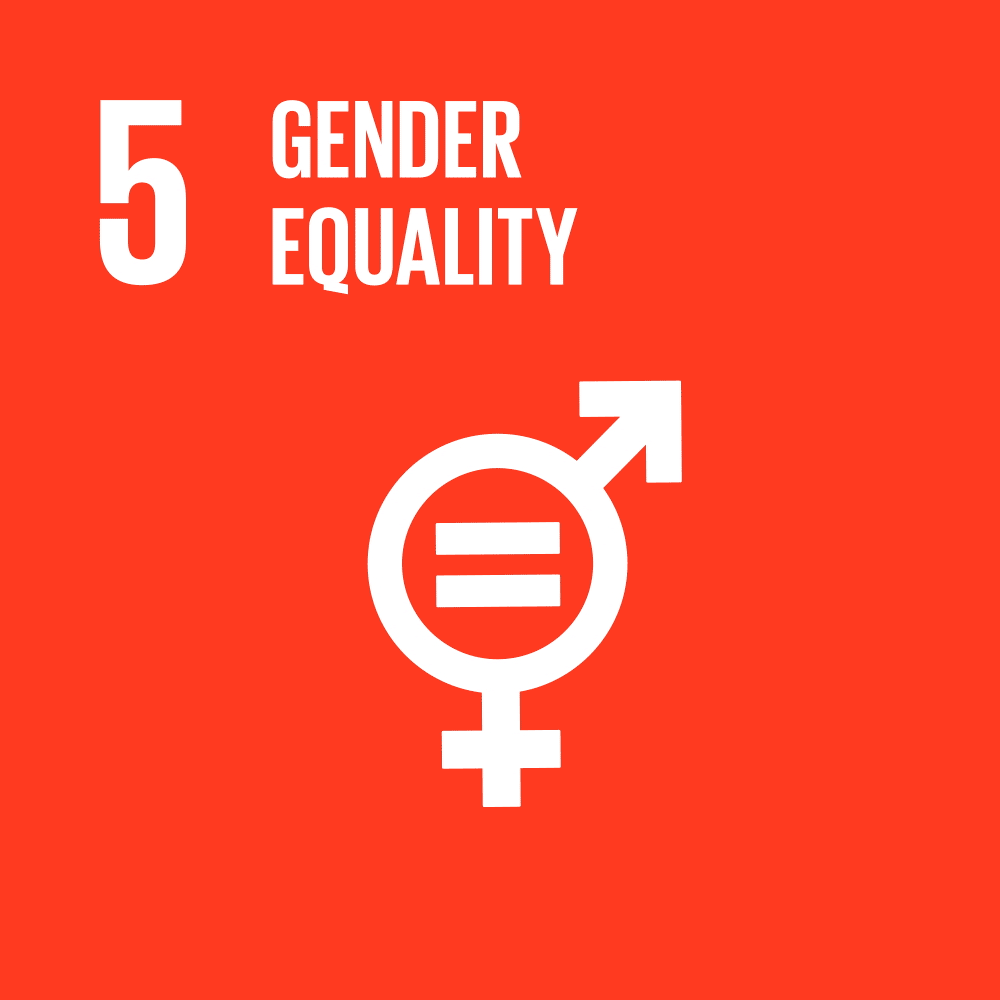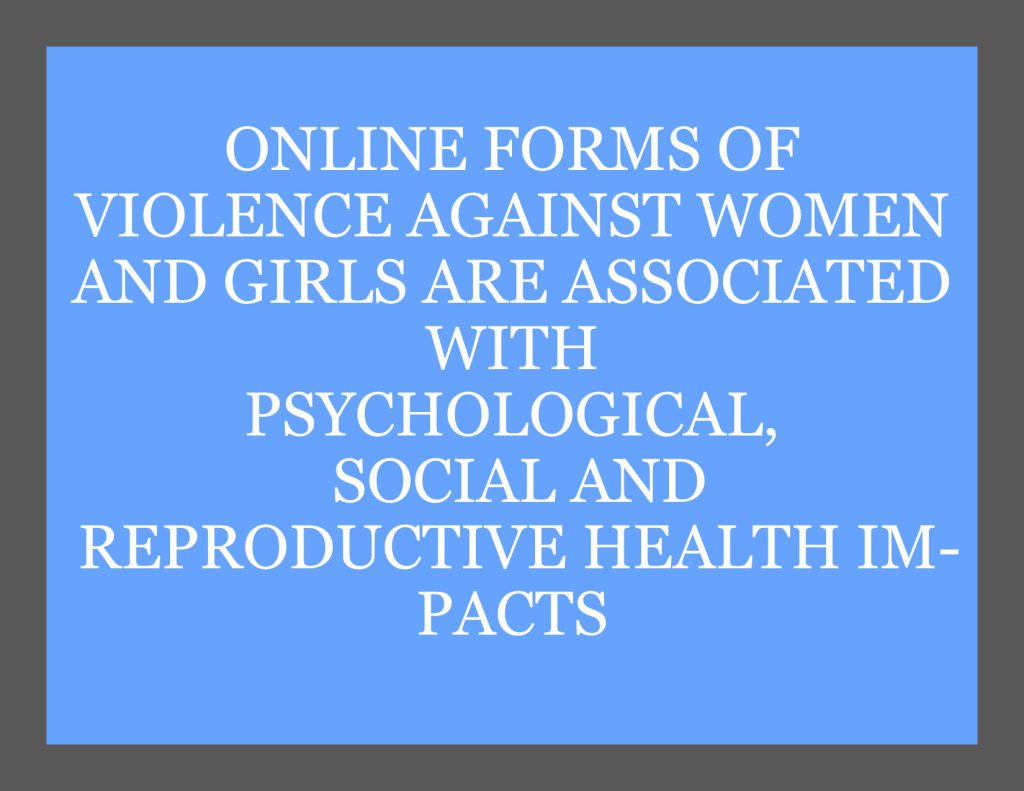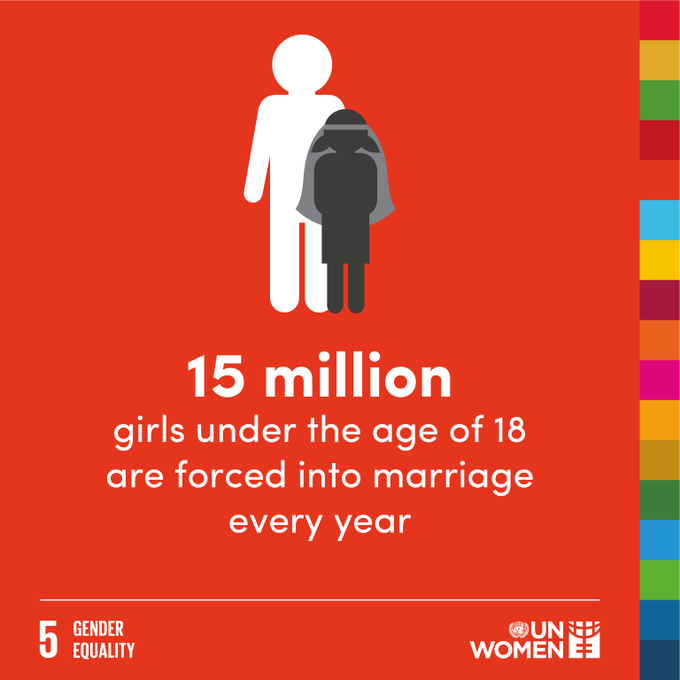Is the call to action at the Sustainable Development Goals Summit enough to dismantle harmful gender stereotypes, and enhance accountability? Or do we need to, collectively, do more? The Sustainable Development Goals (SDGs) Summit is a critical event on the global calendar, where world leaders, policymakers, activists, and stakeholders convene to discuss and advance the global agenda for a better future. Among the many pressing issues addressed at the summit, the elimination of violence against women and girls (VAWG) stands as a paramount goal. Being one of my personal areas of interest, I will, in this post, delve into the significance of addressing gender-based violence (GBV) and interrogate whether the Sustainable Development Goals Summit call to action is enough in shaping a world where women and girls can live free from fear and harm, or whether you and I have a role to play.
So, let’s take a moment and ask ourselves “what role do I play?” and “how can I contribute to reducing and ultimately eliminating GBV?”

Source: UN SDGs Communications Materials
Online & Offline: The Gravity of GBV
Transcending the offline and online spheres of interaction, GBV encompasses a wide range of physical, emotional, sexual, and psychological abuses rooted in gender inequality and discrimination. VAWG is a grave violation of human rights, shattering lives and hindering progress on multiple fronts; it is a pervasive and deeply ingrained issue, that knows no geographical boundaries, and which affects women and girls of all ages, races, and socioeconomic backgrounds, including their families, communities, societies at large. From domestic violence, to early and forced child marriage, to human trafficking, these atrocities persist, cast a long and dark shadow on the world’s conscience.
Globally, 1 in 3 women worldwide experience physical or sexual violence across their lifetime. Hundreds of women and girls are affected by GBV; every day and everywhere. For instance, in Sub-Saharan Africa and South Asia, up to 21% of women between 15- 34 years old, experienced intimate partner violence in the last 12 months.
Thanks to the almost instantaneous connectivity brought to us by various developments within the Information Communication Technology (ICT) sector, with one click – we can now communicate, learn, and engage with a diverse range of materials, or audiences, in a myriad of different ways. For instance, ICT tools (e.g: the internet and mobile apps) can provide easy access to information and educational resources about gender-based violence, its consequences, and ways to prevent it. At the same time, it’s important not to overlook the fact that the internet can be easily perceived as a “double edged sword”. What do I mean by that? Well, while it facilitates access to global plans that seek to realize human rights and gender equality, such as the Agenda 2030 and the Sustainable Development Goals, ICT tools can also facilitate violence. For instance, globally, 73% of women have been exposed or experienced some form of online violence.

Source: UN Women
Using ICT tools and different communications strategies, various stakeholders such as CSOs, UN agencies, policymakers, including many courageous, incredible, powerful, fierce women and human beings (who, themselves, have survived gender based-violence (GBV), or who know someone who has experienced it), have taken action to raise awareness and challenge harmful attitudes and stereotypes, and ultimately contribute to eliminating GBV. Examples include but are not limited to: the Spotlight Initiative, #Cuéntalo, Girls not Brides. Is this enough? Are government leaders accountable? Are we accountable? I would simply say no. It’s not enough. For instance, in 38 African states, there is no explicit criminalization of marital rape in the existent legislation[1].One too many girls or women continue to experience violence.
But what can you and I do?
GBV is a human rights violation embedded in cultural and social norms, including structural and systemic inequalities. It hinders progress in various sectors, including health, education, and economic development. It perpetuates a cycle of fear and silence that must be broken to achieve a sustainable and just world. So, I have to ask you: Have you ever talked with someone who has experienced GBV? Have you ever stopped to reflect upon the stereotypes you (might) hold and interrogate how they (can) impact your attitudes and behaviour?
Yes, one could say that we can look at the SDGs standing as a testament to the global commitment to creating a just and equitable world for all. Goal 5, in particular, champions gender equality, aiming to end discrimination, violence, and harmful practices based on gender. However, witnessing the high levels of violence against women and girls, that continue to affect so many of us, daily, I have to critically ask – are the SDGs enough, or do we have a moral responsibility and obligation, to do more?

Source: UN Women
With the SDGs Summit, marking halfway to the 2030 deadline, we have an unprecedented opportunity to assess progress, address challenges, and strengthen the resolve to eliminate violence against women and girls. Concrete steps to achieve SDG Target 5.2 calling for the elimination of all forms of violence against women and girls, requires a multifaceted approach. Despite the concrete steps that countries and different stakeholders can take to make progress, we see slow progress. Although governments have a duty to protect, and responsibility to enforce laws that criminalize VAWG, including domestic violence, sexual assault, and child marriage, we are witnessing instead, at least 12 million girls annually becoming brides, before the age of 18 years old, in at least 117 countries,.
This is unacceptable. This is heartbreaking. This is a human rights violation. This is a lack of accountability.
As my partner always says, small cumulated actions can lead to incredible results. Maybe I am too much of an optimist, but I truly believe that, if each of us reflects on their role, and takes small steps, every one of us can contribute towards the achievement of SDG5.
We can start by interrogating our roles, beliefs, attitudes, behaviour, and even stereotypes or labels, we unconsciously, sometimes use. Starting from ourselves and within our own spheres of influence, we can dialogue and challenge societal norms and stereotypes that are harmful or derogatory, and foster a world where every person can live free from fear and violence. With one click, or one post – we can make a difference. For instance, through different online platforms, social media, and digital communication tools, one can play a role and raise awareness, mobilize support, and advocate for policy changes to address gender-based violence at local, national, and international levels. On a more personal level, survivors can share their experiences, seek advice, and find solidarity within virtual communities, which can further contribute to encouraging them to report incidents of violence.
In the heart of global progress lies a fundamental truth: sustainable development can only be achieved when every individual, regardless of gender, or sexual orientation is granted equal rights and opportunities. Thus, raising awareness, staying informed and educating ourselves and others, speaking out and supporting survivors of violence, represent small, but vital steps each of us could take.
Where now? Food for thought and reflection
While the path to achieving this target is challenging, it is not insurmountable. With political will, comprehensive strategies, and collective action, including individual initiatives to challenge stereotypes and harmful attitudes, I believe we can create a world where every person lives free from violence and enjoys the full spectrum of human rights and opportunities. The SDGs Summit serves as a reminder that together, we can build a more just, equitable, and violence-free world for all. Now it’s up to each and every one of us to play their part, and be a human rights advocate.
But, where now? So, I ask myself, and would like to ask you to further reflect upon: What can I do to support gender equality? How can I challenge and change gender stereotypes in my daily life and interactions? How can I promote respect and consent in relationships and intimate partnerships? What actions can I take to support the work combating GBV?
Let me know what you think in the comments section! Thanks for reading and I hope you will reflect on your personal actions and how they can contribute towards the achievement of SDG 5. In my next post, I will share more about SDG5 and women’s rights, particularly looking at different forms of discourse: from the UN, CSOs, street artists including artivism as a way to communicate resistance and raise awareness around SGBV.
[1] Source: Annex 6: Violence Against Women and Girls. The annex is part of Progress of the World’s Women Report 2019-2020: Families in a Changing World).

